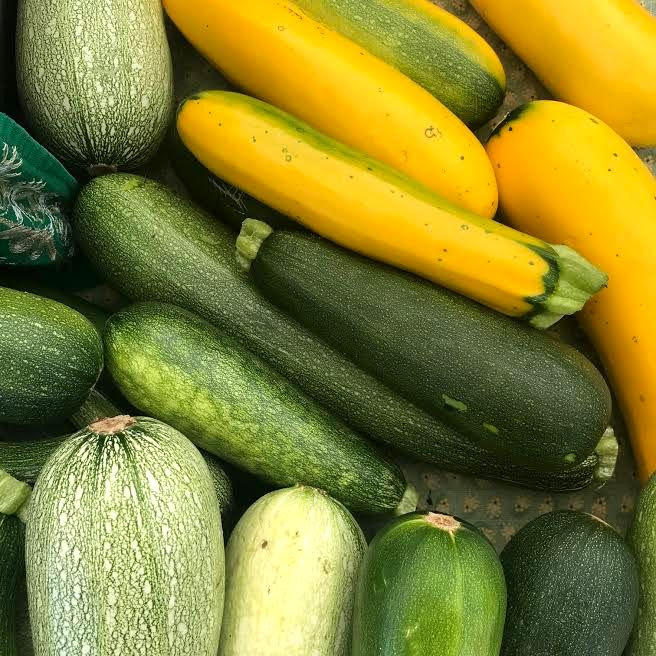

Cucurbita pepo L.
|
Summer squash is a fruit vegetable belonging to the family Cucurbitaceae. They are rich source of carotenoids and polyphenols, mainly Kaempferol and Caffeic acid. They promote innate immunity by increasing the lytic activity of Natural Killer cells and proliferation of effector lymphocytes and enhancing the secretion of TNF-α, IL-8, and IL-2. Mode of Consumption : Fried and boiled |
| Plant Details | Agro-climatic Zone | Vernacular Names | Pictures |
| Scientific Name: Cucurbita pepo L. Family: Cucurbitaceae Juss. Class: Magnoliopsida Order: Cucurbitales Genus: Cucurbita L. Fruiting Season: All round the year Parts: Fruit |
|
Andhra Pradesh : Gumadikaya Assam : Rongalau Bihar : Kaddoo Himachal Pradesh : Kaddoo Karnataka : Kumbalakayi Kerala : Mattana Tamil Nadu : Pucani Uttar Pradesh : Kaddoo |
 Fruit |
| Compound/Extract | Activity | Mode of Action | Marker/References |
| Fresh fruit | Antioxidant | Fresh Cucurbita pepo are very sensitive to cooking, their antioxidant activity (AA) decreased independently from fresh. Conversely, AA of frozen C. pepo did not decrease after cooking, with microwave practice actually increasing it. | [3] |
| C. pepo extract | Anti-tumor | Inhibited phosphatidylinositol 3-kinase (PI3K)/Akt signalling pathway | PI3K/Akt[2] |
| C. pepo extract | Antiproliferative | Enhancement of Lytic activity in NK cells, proliferation of lymphocytes which later releases TNF-α, IL-8, IL-2 | NK cells, Lymphocytes, TNF-α, IL-8, and IL-2[2] |
| Major Class | Metabolites (Content of bioactives: mg/100g Fresh Weight) |
| Carboxylic Acid | Gallic acid : 0.39 - 1.75 mg/100g[1] |
| Carotenoid | Lutein : 0.71 - 1.83 mg/100g, Rutin: 0.16 - 2.55mg/100g, Zeaxanthin: 0.05 - 1.00 mg/100g, β-carotene : 0.11 - 0.67mg/100g[1] |
| Flavonoid | Kaempferol : 0.40 - 2.90mg/100g[1] |
| Phenolic acid | Caffeic Acid : 2.32 - 9.53mg/100g[1] |
| Effect | Observation | DOI |
| Disease | Formulation | Reference | Author | TKDL |
| Information from Wealth of India | Reference |
|
CSIR(1950).The Wealth of India, Raw materials,Vol.-II ,P.394-395, New Delhi, India |
| 4.2, 04.2.1, 04.2.1.1, 04.2.1.3, 04.2.2.3, 04.2.2.5, 04.2.2.6, 04.2.2.8 |
| CSIR-North East Institute of Science and Technology, Jorhat-6, Assam, India
CSIR-Institute of Himalayan Bioresource Technology, Palampur-61,Himachal Pradesh, India |